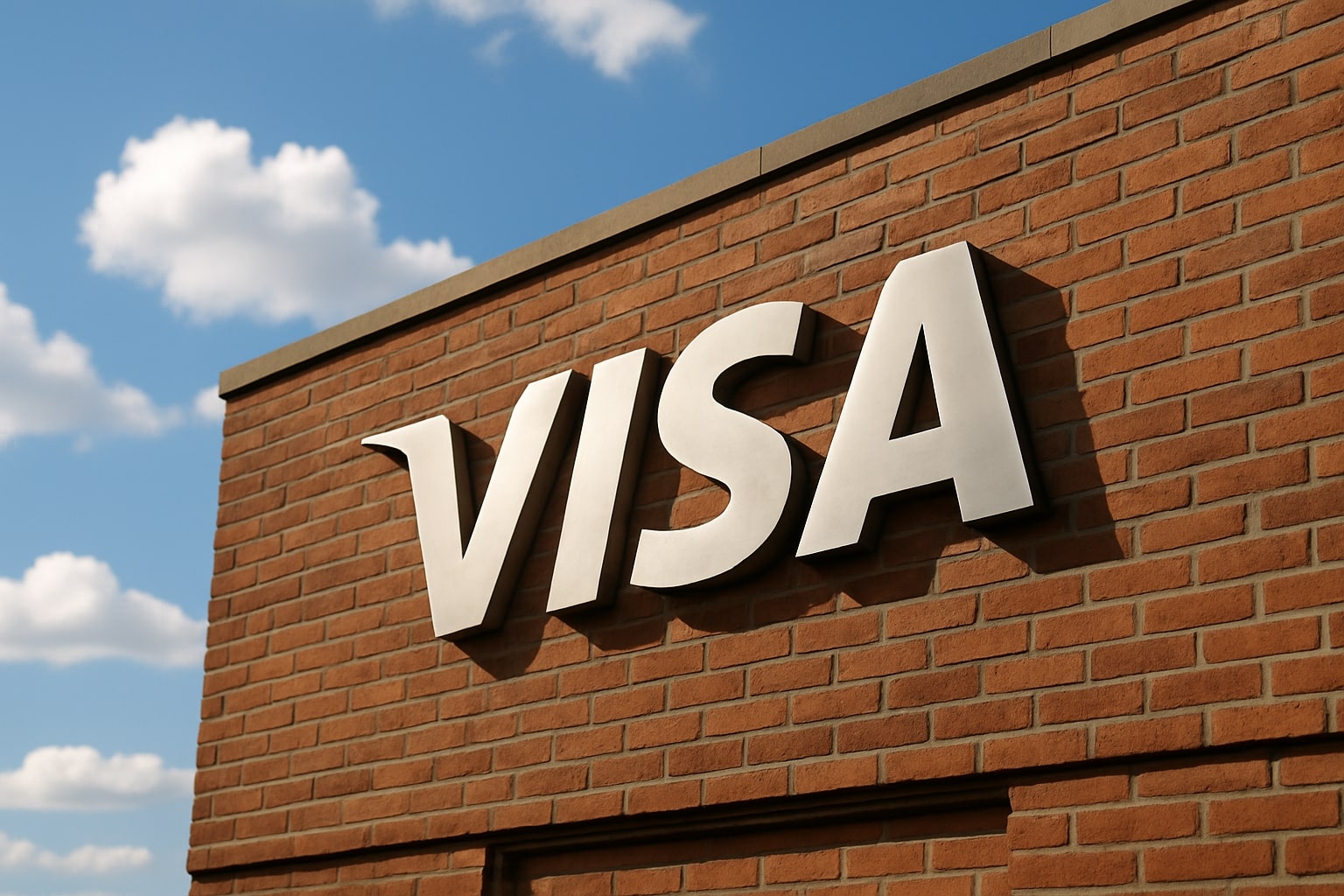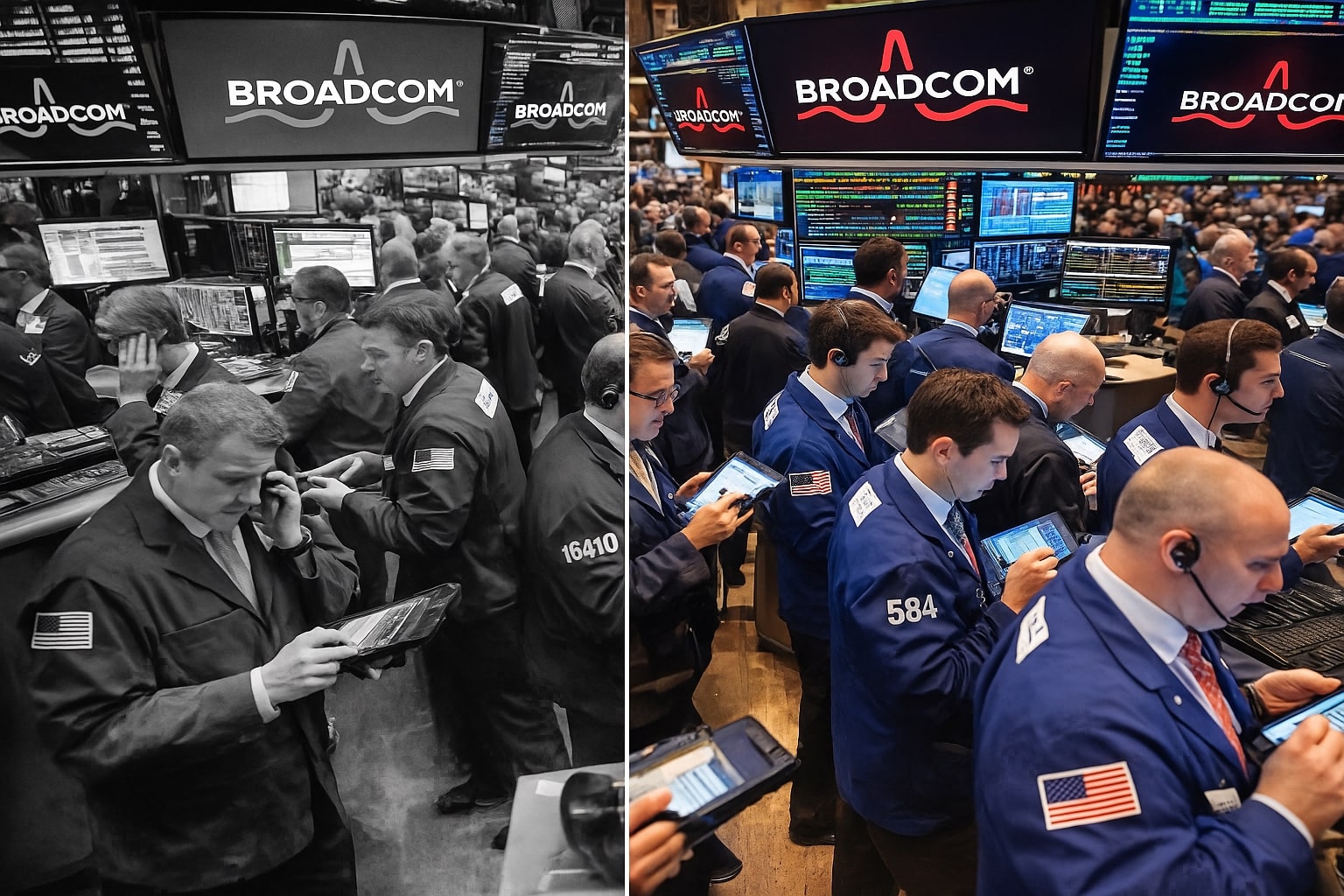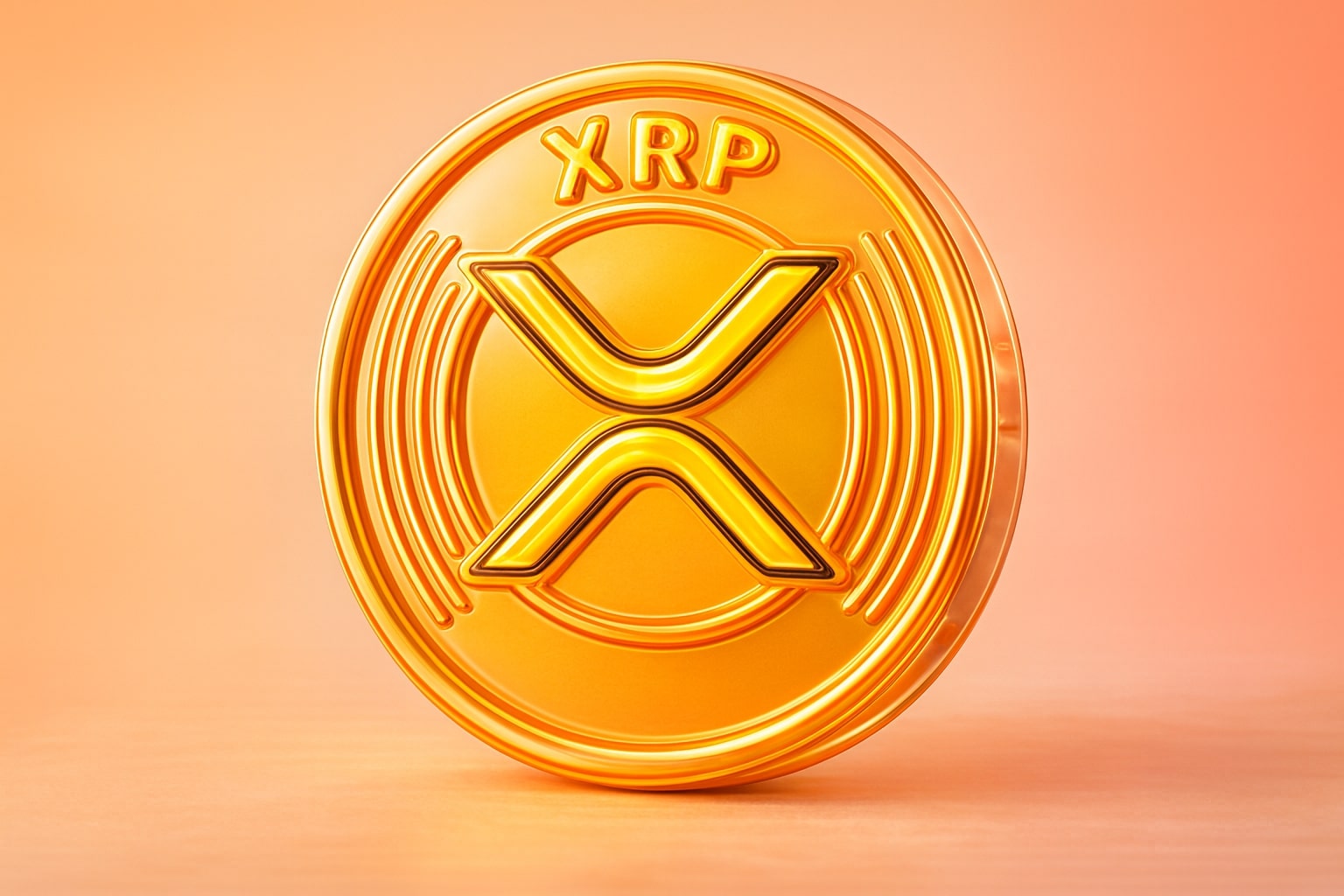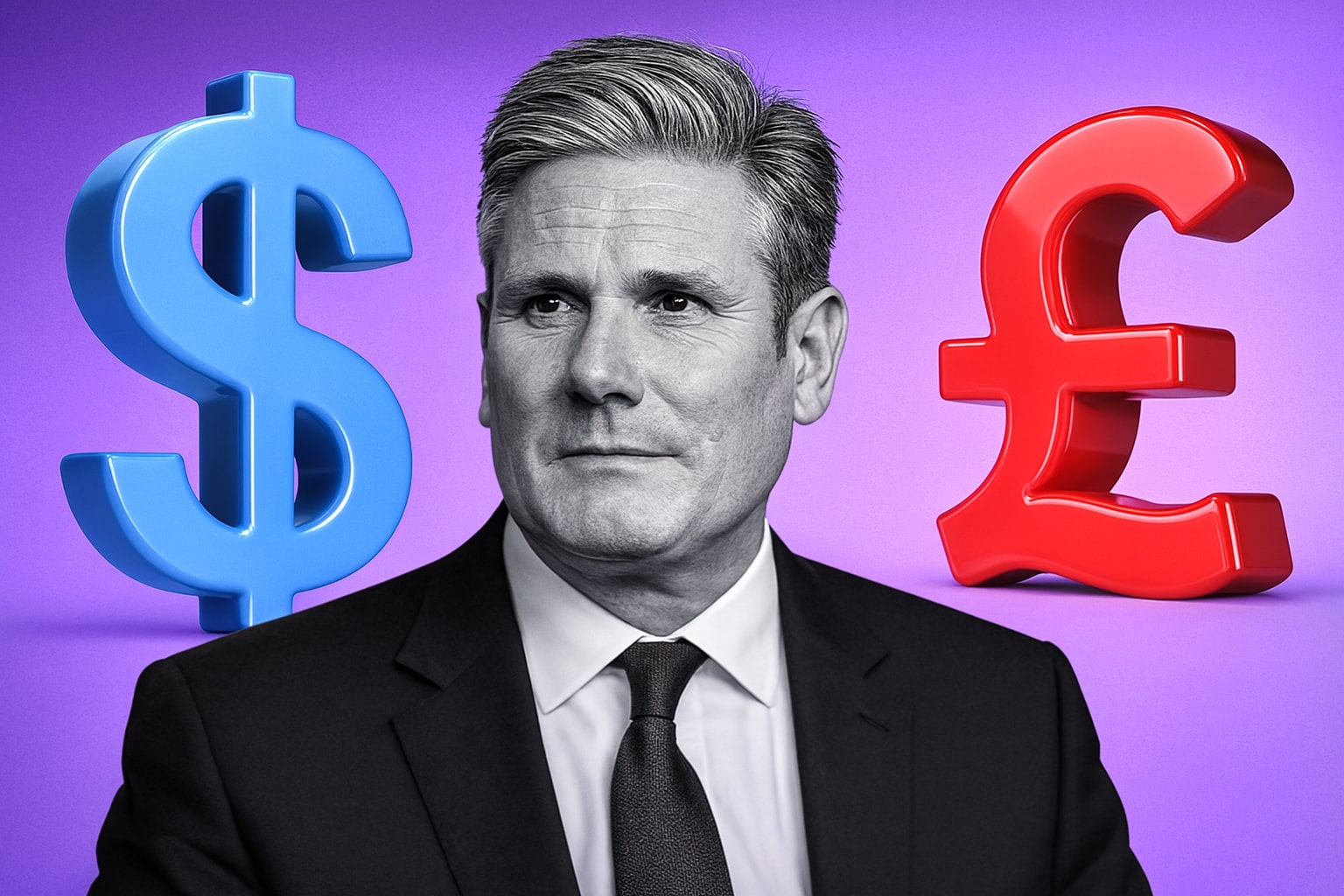
Visa Stock (NYSE:V) Jumps to $343 as Record $10.17B Quarter Confirms Its Payment Dominance
Visa trades at $343.10, up 9% YTD, after posting $10.17B in Q3 revenue, $5.27B net income, and a 96% surge in free cash flow to $6.74B, reinforcing its unmatched global payments moat | That's TradingNEWS
Visa (NYSE:V): Record $10.17B Quarter Shows Network Power and Relentless Efficiency
Visa Inc. (NYSE:V) continues to reaffirm why it’s one of the most dominant and durable business models in modern finance. Trading near $343.10, up 9.1% year to date and within reach of its $375.51 52-week high, the company remains the unmatched backbone of global electronic payments. The latest quarterly results again highlight a business firing on all cylinders — strong revenue, expanding cash flow, and a network effect that only grows stronger with time.
Quarterly revenue surged 14.29% year-over-year to $10.17 billion, driven by rising payment volumes and accelerating cross-border transactions. Net income climbed 8.21% to $5.27 billion, translating to a still-stunning 51.83% net profit margin, despite modest compression from higher incentive payments. Earnings per share jumped 23.14% to $2.98, comfortably beating consensus expectations, while EBITDA expanded 16.6% to $7.11 billion. Visa’s operating expenses increased just 10.08%, proving once again that scale is translating directly into efficiency rather than dilution.
The company’s balance sheet remains one of the cleanest in the S&P 500. Cash and short-term investments grew 15.24% to $19.18 billion, while total assets rose 9.87% to $100.02 billion. Liabilities increased 19.58% to $61.36 billion, largely reflecting greater settlement obligations tied to record transaction throughput. Total equity stood at $38.66 billion, giving Visa a price-to-book ratio of 17.13 — a premium multiple justified by its 27.7% return on capital and 17.6% return on assets. With 1.93 billion shares outstanding, every incremental percentage of revenue growth translates into significant per-share earnings leverage.
Visa’s ability to turn growth into cash remains its greatest weapon. Operating cash flow surged 31.09% to $6.73 billion, while free cash flow nearly doubled, up 96.23% to $6.74 billion. Net change in cash soared 1,517%, underscoring how efficiently Visa converts profit into liquidity. Few companies on the planet can consistently generate FCF margins above 60% — Visa does it quarter after quarter, and that liquidity supports a powerful buyback engine. The company continues to repurchase billions in stock annually, helping maintain double-digit EPS growth even in slower macro cycles.
The company’s valuation may appear stretched — with a P/E ratio of 33.49 and a market cap of $661 billion — but few businesses deserve it more. The underlying economics are exceptional: Visa’s gross margins hover near 80%, while its operating model scales with virtually no incremental capital. Even at current levels, Visa offers a free cash flow yield near 3.5%, competitive with most large-cap tech names, yet backed by steady transaction-driven demand rather than speculative growth narratives.
What truly sets Visa apart is the breadth of its moat. With more than 4.4 billion cards in circulation and over 150 million merchant locations worldwide, the network effect is self-reinforcing — every new consumer increases utility for every merchant, and vice versa. VisaNet, its processing infrastructure, handles more than 65,000 transactions per second globally, providing the scale that fintech challengers still can’t replicate. Despite the emergence of blockchain-based payment models, Visa’s partnerships with stablecoin and digital asset firms show its strategy is to integrate disruption rather than resist it. The company has already enabled over $25 billion in crypto-related transaction volume, with pilot projects now running across Ethereum, Solana, and euro-backed stablecoin rails.
Profitability metrics show why investors continue to assign Visa a growth multiple normally reserved for software firms. Gross margin sits near 80%, net margin above 50%, and return on equity near 52%, levels that have been remarkably consistent for more than a decade. The company’s model is inherently asset-light — Visa doesn’t take on credit risk, it processes payments and collects fees — allowing it to expand earnings even in uneven macro conditions. That structural advantage is reflected in its long-term EPS CAGR of over 11% and free cash flow CAGR above 10%.
Read More
-
Palantir Stock Price Forecast - Can a $440B AI Defense Powerhouse Grow Into Its $184.74 Price?
16.12.2025 · TradingNEWS ArchiveStocks
-
XRP Price Forecast - XRP-USD Drops to $1.87 as Whale Dumps $721M While XRP ETFs Quietly Cross $1B
16.12.2025 · TradingNEWS ArchiveCrypto
-
Oil Price Forecast - Oil Slide Hard; WTI CL=F Near $55, Brent BZ=F Below $60 as Market Bets on 2026 Supply Glut
16.12.2025 · TradingNEWS ArchiveCommodities
-
Stock Market Today: Dow (^DJI) 48,404 And S&P 500 (^GSPC) 6,812 Slip As Jobs Hit +64K And AVGO Sells Off
16.12.2025 · TradingNEWS ArchiveMarkets
-
GBP/USD Price Forecast - Pairs at 1.34 as Weak U.S. Jobs Data Clash with BoE Cut Bets into Year-End
16.12.2025 · TradingNEWS ArchiveForex
Visa’s dividend policy remains conservative but consistent. The stock yields 0.69% with a quarterly payout of $0.59, supported by an annual free cash flow base exceeding $22 billion. Management targets a payout ratio of 20–25%, preferring to allocate excess cash to repurchases, which have totaled more than $58 billion since 2020. Combined, dividends and buybacks have returned over $75 billion to shareholders in the past five years — a staggering figure for any company outside Big Tech.
Looking forward, the near-term growth outlook remains robust. Management expects low double-digit revenue growth for fiscal Q4 2025, in line with its multi-year average. Analysts forecast fiscal 2026 EPS to reach $11.60, up from an estimated $9.90 in FY2025, implying another year of mid-teens earnings growth. Visa’s growth drivers — rising global e-commerce penetration, emerging market adoption, and continued expansion of value-added services — remain firmly intact.
The macro backdrop continues to favor Visa’s model. Global consumption is stabilizing, travel spending is recovering, and central banks’ gradual shift toward easing supports cross-border volume. While regulatory headwinds persist, particularly from potential U.S. debit interchange reforms, Visa’s diversified global network and deep client relationships cushion any regional impact. In practice, the world still runs on Visa — and the barriers to replicate that infrastructure are enormous.
At $343.10, Visa trades roughly 8.6% below its all-time high of $375.51 and around 29x forward earnings. That’s not cheap, but for a company delivering consistent double-digit growth, 50% margins, and unmatched returns on capital, it’s reasonable. In a market increasingly favoring cash flow visibility over speculative stories, Visa stands out as a fortress compounder.
Given its durable economics, accelerating free cash flow, and strong post-pandemic volume recovery, Visa remains a Buy. The near-term technical resistance sits at $350–$355, with a long-term target near $380, implying potential upside of around 10%–12% within twelve months. For long-term investors seeking reliable compounding, Visa continues to justify its premium — and still looks like one of the cleanest ways to own the future of global payments.


















